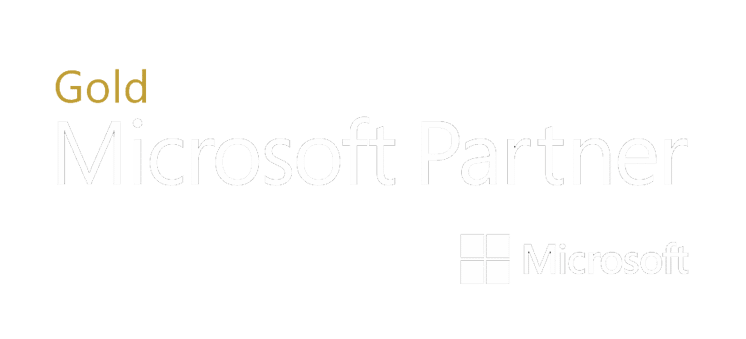How Microsoft Protects You From Phishing Attacks
Phishing is a method in which cybercriminals send fraudulent emails that appear to be from reputable sources to get recipients to reveal sensitive information and execute significant financial transfers.
Phishing attacks are mass emails that request confidential information or credentials under pretenses, link to malicious websites, or include malware as attachments.
Lately, phishing attacks are becoming more targeted, with cybercriminals able to access more than 15 billion stolen account credentials circulating on the dark web, including personal information, usernames, and passwords.
With only a surprisingly small amount of information, cybercriminals can convincingly pose as business members and superiors to persuade employees to give them money, data, or crucial information.

Why Is Phishing Dangerous?
First of all, it’s prevalent. At the start of last year, Google had registered 2,145,013 phishing sites, a drastic increase from 1,690,000 the year before.
Furthermore, the average phishing attack costs businesses $1.6 million. The problem with the rising tide of cybercrime incidents is that you get desensitized to the whole thing.
Lastly, the fact is that businesses aren’t learning to protect themselves, which is why the number of reported phishing attacks has gone up by 65% in the past few years, and by 47% in the first quarter of 2021 alone.
How To Identify A Phishing Email
Share these key tips with your employees to ensure they know how to spot a phishing attempt:
Incorrect Domain
Before even looking at the body of the message, check out the domain in the sender’s address. Maybe they claim to be from your bank or a big name company – but talk is cheap. It’s much more difficult to spoof an actual domain name, so it’s more common to see closer domains, but not 100% correct. If it seems fishy, it probably is.
Suspicious Links
Always hover your mouse over a link in an email before clicking it. That allows you to see where it leads. While it may look harmless, the actual URL may show otherwise, so always look and rarely click.
Spelling and Grammar
Modern cybersecurity awareness comes down to paying attention to the details. Keep an eye out for any typos or glaring errors when reading a suspicious email. Whereas legitimate messages from your bank or vendors would be properly edited, phishing emails are notorious for basic spelling and grammatical mistakes.
Specificity
Another point to consider is how vague the email is. Whereas legitimate senders will likely have your information already (such as your first name) and will use it in the salutation, scammers will often employ vaguer terminology, such as “Valued Customer”—this allows them to use the same email for multiple targets in a mass attack.
Urgent and Threatening
If the subject line sounds like an emergency—”Your account has been suspended”, or “You’re being hacked”—that’s another red flag. It’s in the scammer’s interest to make you panic and move quickly, which might lead to you overlooking other indicators that it’s a phishing email.
Attachments
Phishers will often try to get you to open an attachment, so, if you see an attachment in combination with any of the above indicators, it’s only more proof that the email is likely part of a phishing attempt.
How Microsoft 365 Business Premium Prevents Phishing Attacks
While most cloud services only deliver basic protections, Microsoft 365 Business Premium uses a range of sophisticated technologies to establish a more advanced level of protection:
- Links are verified in real-time as you click them to ensure they’re safe.
- Unknown URLs are tested in a secure “sandbox” and presented with a warning if it is not to be trusted.
- Machine learning and advanced analysis techniques spot signs that an email sender is spoofing their identity.
- Multi-factor authentication ensures that hackers can’t break into your account with just a password.
Don’t Become A Victim Of The Cyber War
In the end, the key to phishing methodology is that it doesn’t rely on digital security vulnerabilities or cutting-edge hacking technology; phishing targets the user, who, without the right training, will always be a security risk, regardless of the IT measures set in place.





